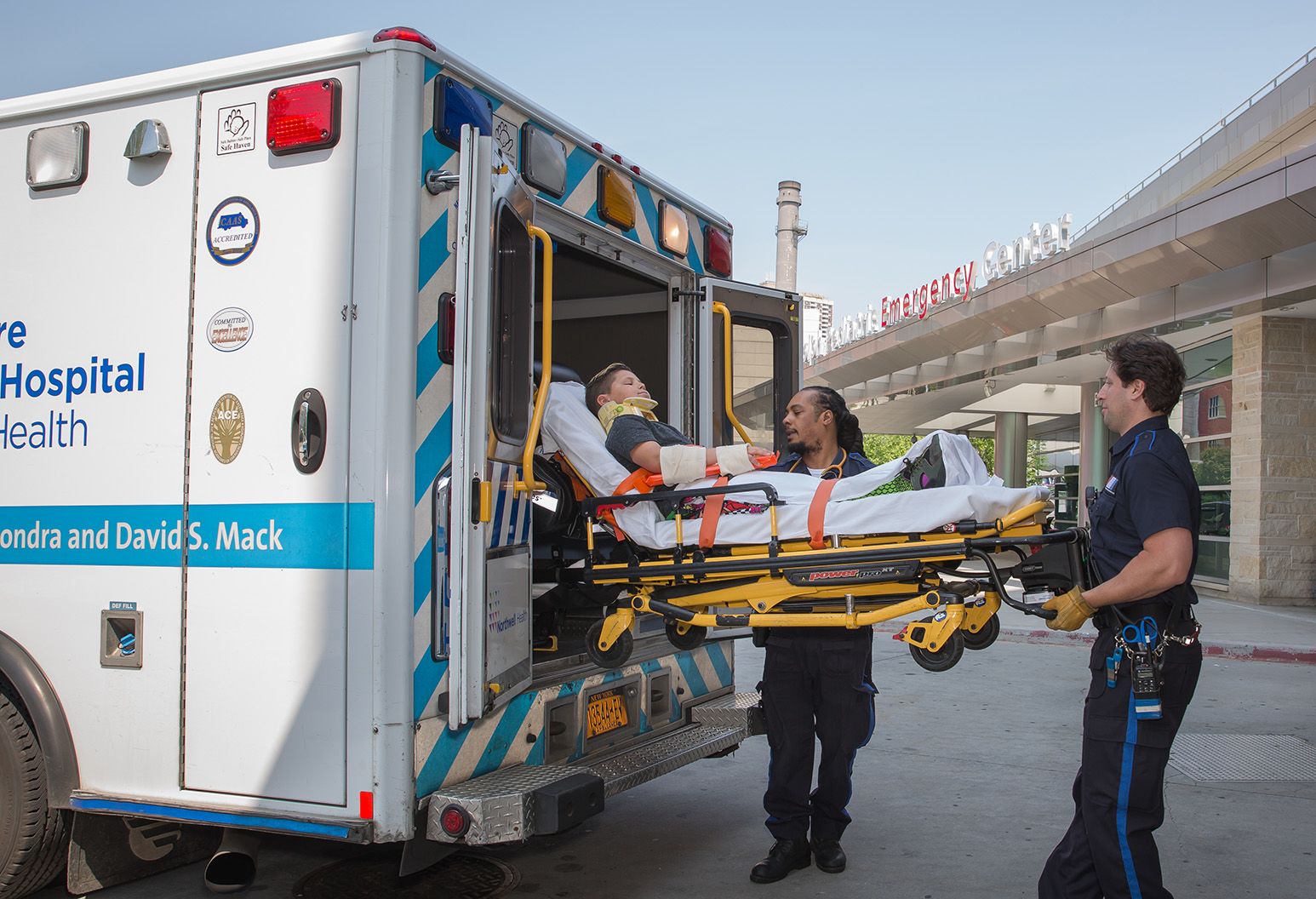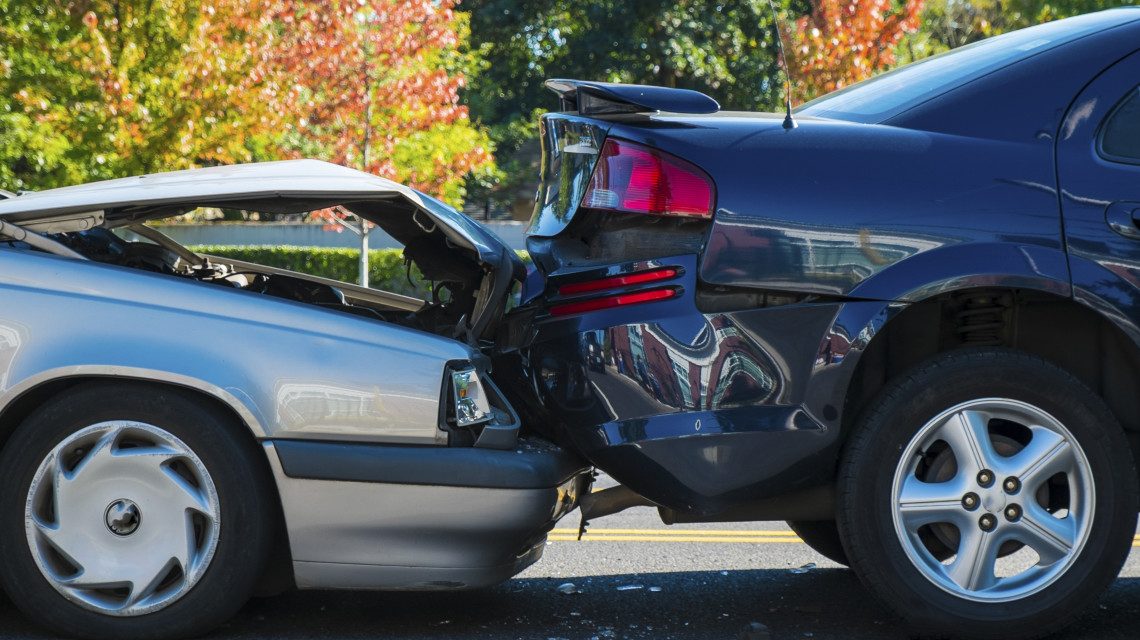As Republican and Democratic officials heap praise on the bipartisan legislative deal announced today to finally reduce Michigan’s highest-in-the-nation auto insurance rates, motorists should be forewarned that most of them will still pay thousands of dollars a year on insurance.
The reason why these no-fault insurance reforms are limited is right there in the fine print of the tentative agreement: The rate reduction guarantees range from roughly 5 to 22 percent while the average Michigan household currently pays nearly $2,700 annually to insure their vehicles. In other words, the savings will amount to between $135 and $600, and Michigan motorists will still pay among the highest rates in the U.S.
The driving force behind the state’s skyrocketing insurance costs has been the sky-high medical fees charged for treating motorists injured in accidents. Michigan is the only state that has required lifetime, unlimited coverage in the event of a car crash that results in catastrophic injuries. Overall, personal injury protection (PIP) now accounts for about half of the premiums charged to drivers. In turn, the plan would only affect PIP rates.
In the bill that may be voted on by the House and Senate this afternoon, which would limit fees charged by doctors and hospitals, here are the options that vehicle owners would face when purchasing an insurance policy:
- A 10 percent reduction in PIP costs (about 5 percent savings overall on their insurance bill) for those who want to keep their unlimited benefits.
- A 20% reduction in PIP rates (10 percent savings overall) for $500,000 in coverage
- A 35% reduction (17.5 percent savings overall) for $250,000 in coverage
- A 45% reduction (22.5 percent savings overall) for $50,000 in coverage
In addition, a 100% PIP reduction (50 percent overall) would be offered to senior citizens with Medicare coverage and to drivers who have extensive private health insurance that covers auto accident injuries.

According to a 2017 investigation by Bridge Magazine and Crain’s Detroit Business, medical coverage for injured Michigan motorists has tripled since 2000 and “repairing people now costs far more than repairing cars.”
This morning, House Speaker Lee Chatfield (R-Levering) and Senate Majority Leader Mike Shirkey (R-Clarklake) said in a joint statement that the new legislation “will be a significant victory for the hard-working people of Michigan that will finally fix our broken car insurance system and deliver real, meaningful rate relief for families, seniors and household budgets all over the state.” Gov. Gretchen Whitmer, a Democrat, said the compromise “guarantees rate relief for every Michigan driver.” Detroit Mayor Mike Duggan, a fellow Democrat, hailed the agreement as an “outstanding” move that will provide substantial savings for his city’s residents.
The great unknown in this plan is how much additional savings will come to motorists based on the elimination of setting insurance rates based in part on “non-driving factors.” Insurers could no longer include considerations such as a vehicle owner’s zip code, gender, marital status, credit score, home ownership or education level. In Detroit and the immediately surrounding suburbs, critics say these factors have unfairly boosted rates by substantial amounts, resulting in insurance bills of $5,000 or more for some households.
However, the bill would still allow one geographic distinction, using “territories” to partially set premiums for drivers. The boundaries for each territory are yet to be determined.
As for the fees charged for medical care, the charges for each type of treatment would be capped at 200 percent to 250 percent above the amounts associated with treating Medicare patients on a day-to-day basis. The Medicare fee schedule is far below the reimbursement rates currently charged to auto insurance companies for treating crash victims.
That raises another question: Why are the PIP rates going down by relatively small margins compared to the big cut in fees paid to hospitals and doctors who care for accident victims?
For example, a 2013 study by the nonpartisan Citizens Research Council of Michigan found that medical bills paid by insurers for auto injuries were dramatically higher than fees charged to the heavily regulated Medicare system.
The CRC found that the average cost of an MRI of the lower back for an auto accident victim in the Detroit area was $3,278. That compared with an average cost of a lower back MRI of $484 for a Medicare patient, a 577 percent difference.







Sometimes I wonder if reporters actually use any of the services they report on.
Why do I say that? Because if you ever used auto insurance for what it was for, you would know that the insurers NEVER pay the price that doctors charge.
It is always determined in court by the lawyers that both sides have on retainer. The only people that don’t have a lawyer on retainer?
The accident victim.
Now, conservatives are telling us we should use every item that liberals wanted to use in the Heritage Foundation Care act, that would be cost constraints and limiting what docs can charge.
Can you tell me different?